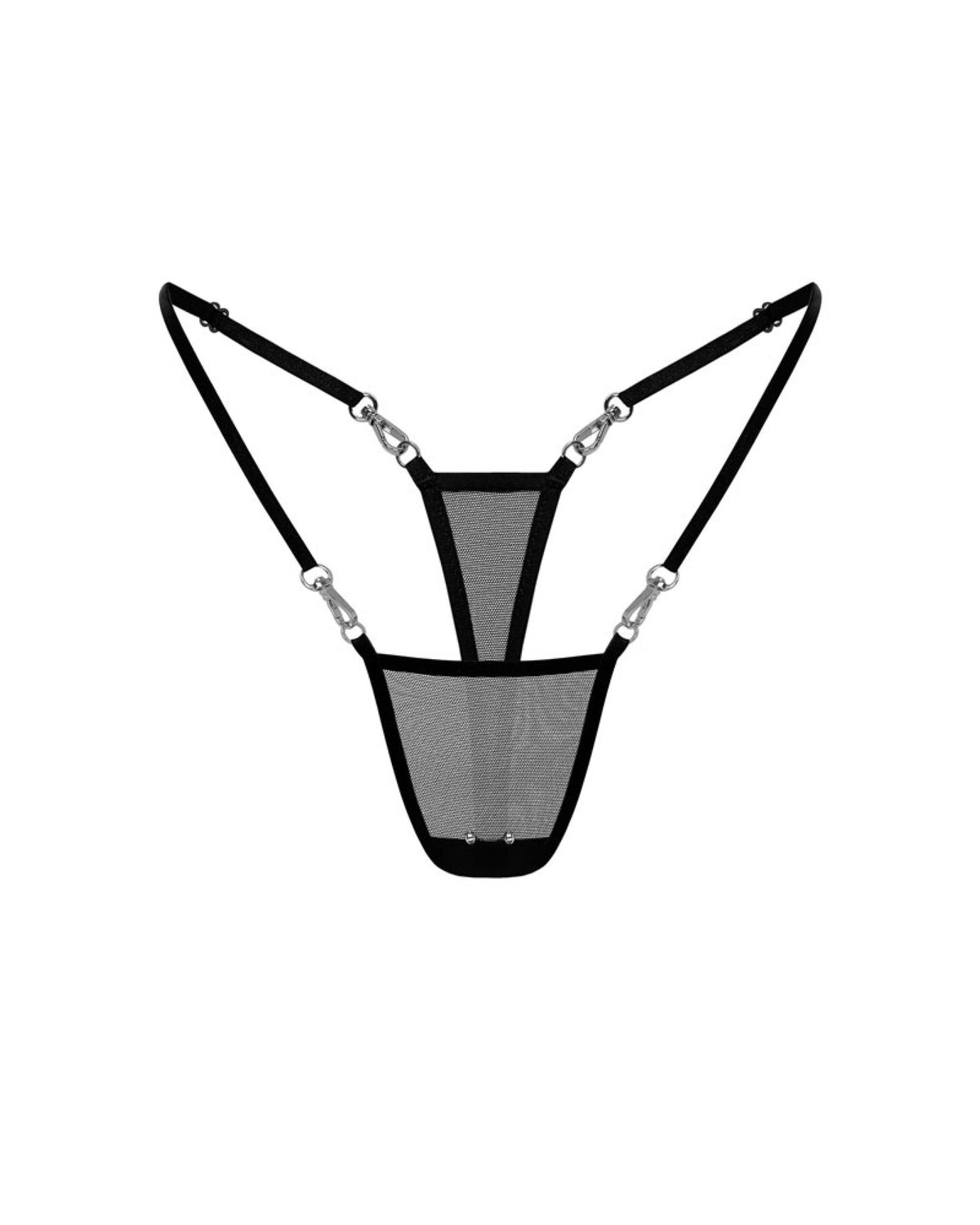
December 08, 2021
A guide to RACK and SSC principles in BDSM
BDSM is often associated with excitement and pleasure that merges with a feeling of being risky and taking things to the edge. There are so many kinks to try - starting from light spanking to breath control and other more extreme scenes. However, the real risks involved in kinky play are not something that the BDSM community ignores.

In BDSM philosophy, any kink should be performed only if everyone involved either perceives it as safe or is aware of all risks and problems the activity may lead to. There are three BDSM acronyms related to kink safety - SSC, RACK, and PRICK. Let’s look at what they mean and how they can help to make BDSM play safe.
BDSM SSC - Safe, Sane, and Consensual
In BDSM, SSC stands for safe, sane, and consensual and describes activities that are perceived to be relatively safe. These include light bondage, dress-up, and spanking. The list of activities both partners can call safe varies because everyone has an individual perception of safety and limits. There are several things you should do before engaging in an SSC kink to ensure that you’re not putting yourself or your partner in danger:
Assess the state
Ask yourself if you perceive the kink you’re about to try as safe. If you do, and your partner has the same opinion, this activity shouldn’t raise any concerns. However, make sure that both of you are educated enough about this kink since no activity can be totally safe in BDSM if you are not prepared for it.
The “sane” part of the acronym means that both you and your partner have a clear mind. If you are intoxicated and are under the influence of strong emotions, you shouldn’t engage in BDSM. Even the safest kink can lead to bad consequences if you don’t feel in control.
“Consensual” describes the partners’ agreement to engage in a kink activity. It may sound obvious, but you and your partner need to define what you are going to do, agree to it, and come up with a stop word.
Do you know where luxurious BDSM accessories live? Search anoeses.com for harnesses, bondage gear, leather & latex lingerie, and get a 10% discount on your first order.
Ask yourself some questions
Another thing you should do is ask yourself the following questions:
- Is this kink safe?
- Does this activity sound sane?
- Is the kink consensual?
If the answer to all three questions is “yes”, you will know that the kink complies with the SSC protocol. Some kinksters believe SSC is limiting since you need to define what is safe and sane for both partners and stick to it. Instead, they prefer one of two philosophies you are going to learn about next.
BDSM RACK - Risk-Aware Consensual Kink
RACK is another term connected to safety in BDSM. It is relevant when talking about more risky activities in BDSM including suspension bondage, breath control, and knife play. So what does risk-aware consensual kink mean?
Risk-Aware
This means that kinksters know there are some risks connected to the activity but they can clearly define what they are and try to minimize them. Both you and your partner should know what can potentially happen and accept this probability. Knowing the risks is the first step to preventing things that can go wrong and acting the right way if something happens.
Consensual
RACK sex and kinks should be consensual. You may have noticed that this element is also present in SCC because consent is fundamental to ensure the safety and pleasure of all partners.
Kink
Kink is the BDSM activity itself that brings pleasure to both partners who are involved in it. The presence of this word in the acronym begs the question - do both kinksters have the same understanding and expectations of the kink? This is a very important question to ask, especially if the activity is risky. Do you know your partner's limits? What parts of play possess the biggest risk for you and your partner when you engage in this kink? Having the same understanding of kink is essential in RACK.
SSC vs RACK: How do they differ?
SSC and RACK may seem very similar but have one detail that distinguishes them. Safe, Sane, and Consensual highlights the need for the kink to be safe, while in Risk-Aware, Consensual Kink both partners understand that the activity is risky and accept it.
BDSM PRICK - Personal Responsibility, Informed, Consensual Kink
PRICK is another BDSM safety standard that has evolved from RACK. It stands for Personal Responsibility, Informed, Consensual Kink. You are already familiar with the Consensual Kink part but what is the meaning behind Personal Responsibility and Informed?
Personal Responsibility
It means that you understand that you are responsible for yourself during the scene. You are aware of what is happening and can use the safe word if needed. Taking responsibility is very important when engaging in any BDSM activity.
Informed
As in RACK BDSM, you and your partner know what are the potential bad outcomes of what you are doing. You assess the risks before starting to engage in the kinky activity and make sure that you are on the same page and have the same information and vision for the scene.
You can also use all of these safety protocols as categories your activities will fall into. Or vice versa - you can choose kinks depending on the protocol they will suit best - this can be either SSC/RACK or PRICK. There is no right protocol to follow, so every player has to decide what is acceptable for themselves. The only thing to remember is that you should never ignore BDSM safety and awareness of risks when you are just starting to engage in kinky play. The BDSM community has always taken safety issues seriously, which is why there are strict safety protocols you now know about.
To discover more about Anoeses, sexualities, BDSM and connect with our community, follow @anoeses.education.









